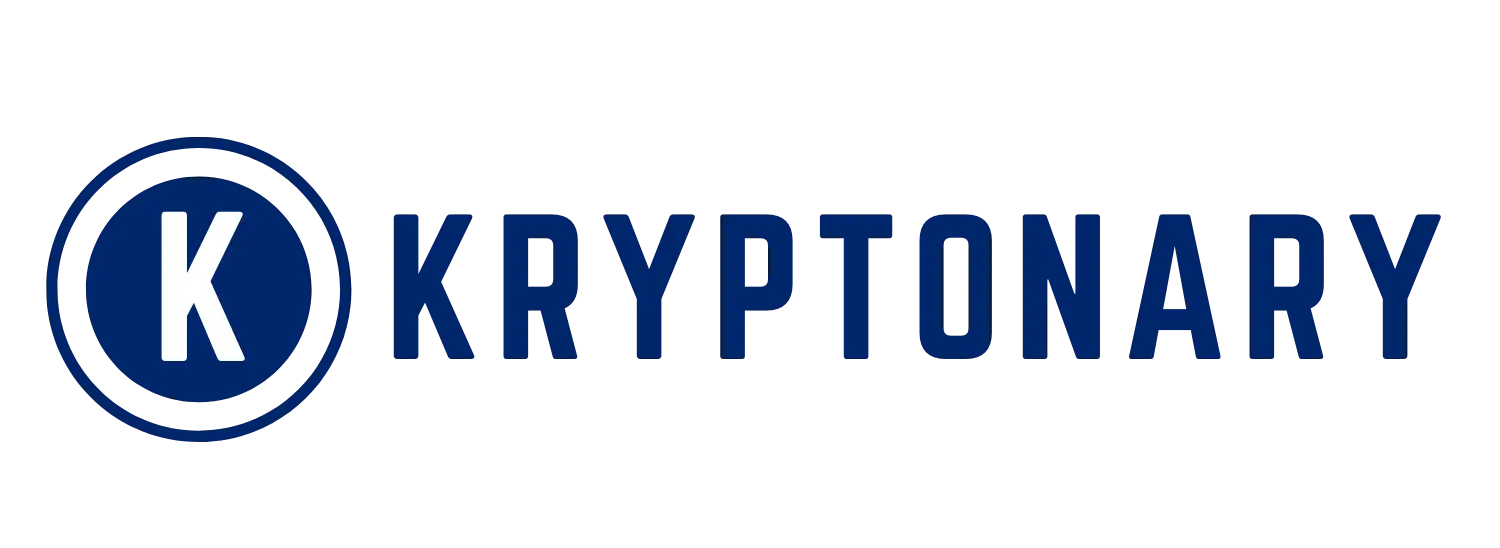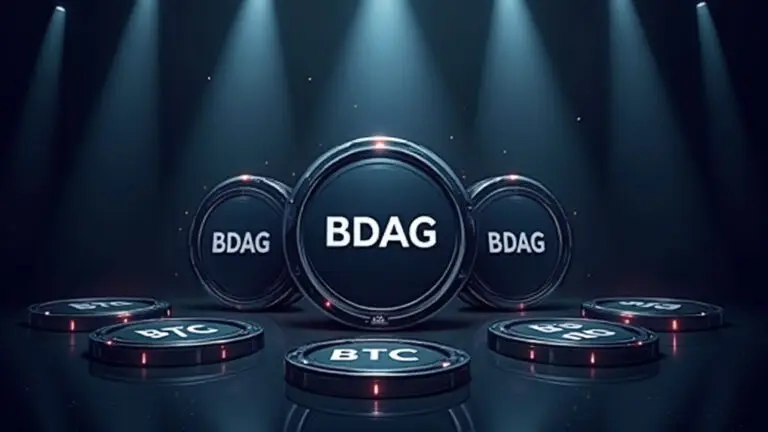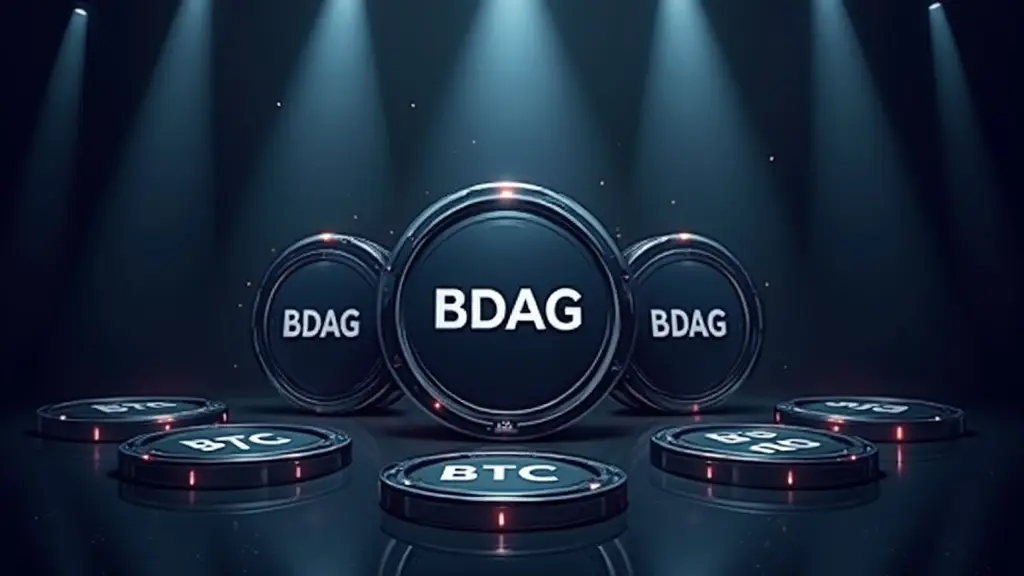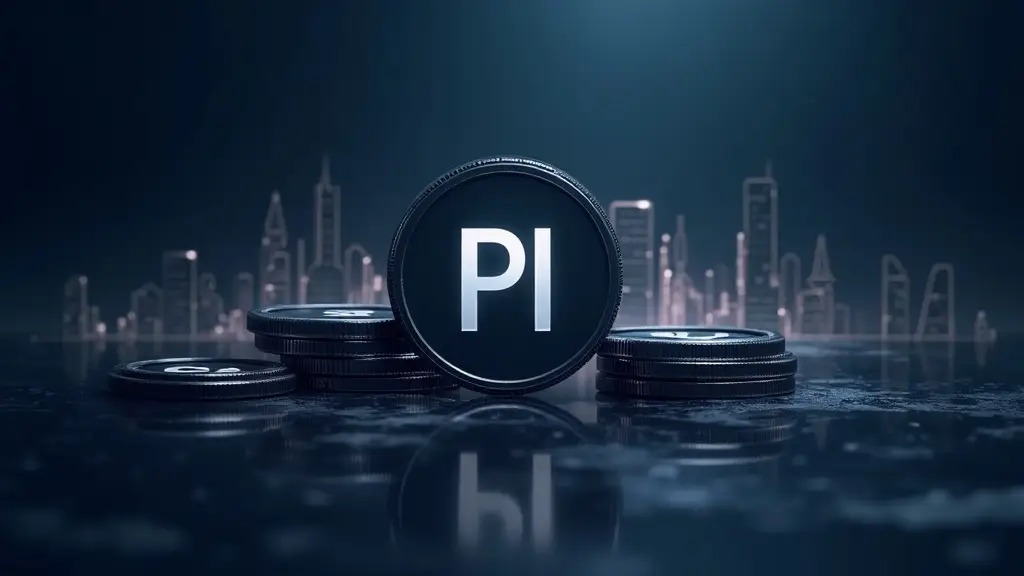The innovation of almost all industries because of technology; most educators worry this may lead to reduced creativity and critical thinking. This article attempts to analyze the case of a Philadelphia teacher who embraces AI within ethical boundaries.
AI As An Assistive Technology for Expression of Powers:
This educator embraces AI not as a writing substitute, but as a form of assistance that can enhance creative processes. The aim is to enable students not only to wield AI as a tool, but for them to be able to master it to augment their expressions and writing capabilities seamlessly.
The Teacher’s VoiceAnd AI: Its Effect on The Human Voice
The human voice will never be forgotten when composing texts and logging in to interact with AI. This part of their teaching philosophy is still explaining how their students help themselves to ‘unlock the humanity’ that lies dormant in their texts. It suggests, above everything else, that artificial intelligence can be a generous offering but the embedded humanity is non-negotiable.
There is also the other side of the coin: issues on Data Abuse including Illicit Digital Surveillance and AI-Bias.
In the case of classroom use, the application of the technology is not without trouble. The teacher accepts the ethical issues of applying AI technology, more specifically, the surveillance of personal data and the discriminatory AI hypothesis (bias).
Student’s Privacy and Personal Student AI:
The general use of AI is for educational purposes, but it draws red flags when students’ information is printed in real-time. The teacher remains by protecting children’s interferences of sensitive information to questionable technologies that could hurt their invisible personal lives.
Algorithms and Their Biases: A Need for Deep Assessment
The possibilities of societal bias and discrimination caused by AI algorithms functioning autonomously pose yet another critical problem. Without representative data, or data that is inherently biased, these algorithms have the potential to create content that reinforces existing unchecked societal prejudices, leading to amplifying discrimination. The educator is most likely guiding learners toward assessing critically the many ways AI outputs can be generated, as well as the many ways they can be biased.
Final words: Embracing an Equitable Stance on AI Utilization in Education
As described by the educator, AI’s integration into the classroom paints an impression of moderation and fairness. AI’s potential for enhancing writing and research capabilities is abundantly clear, yet so is the need to appreciate enduring human expression, thinking, and morality. The aim is for learners to responsibly face an unfamiliar technological territory, engaging with AI in ways that bolster their ability to communicate, not silence them.














